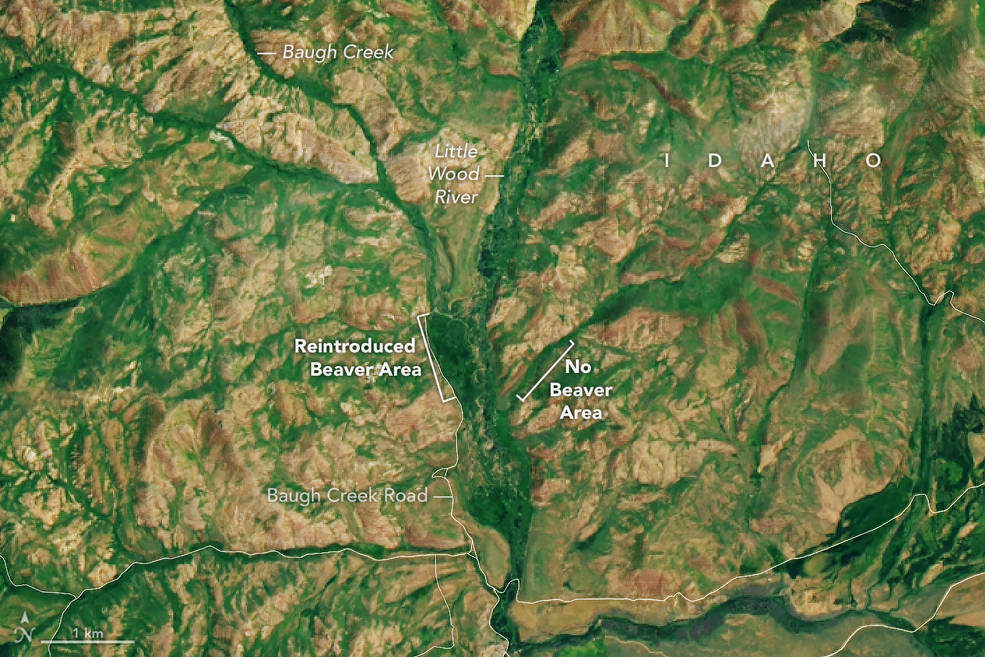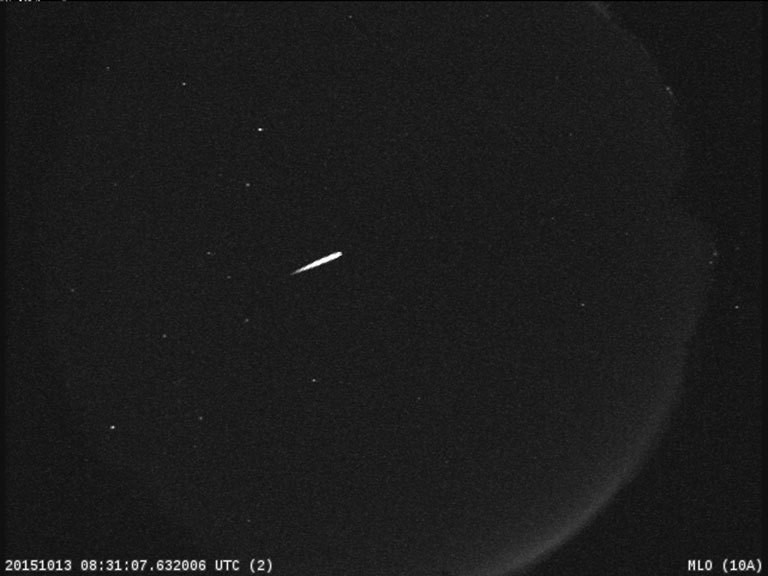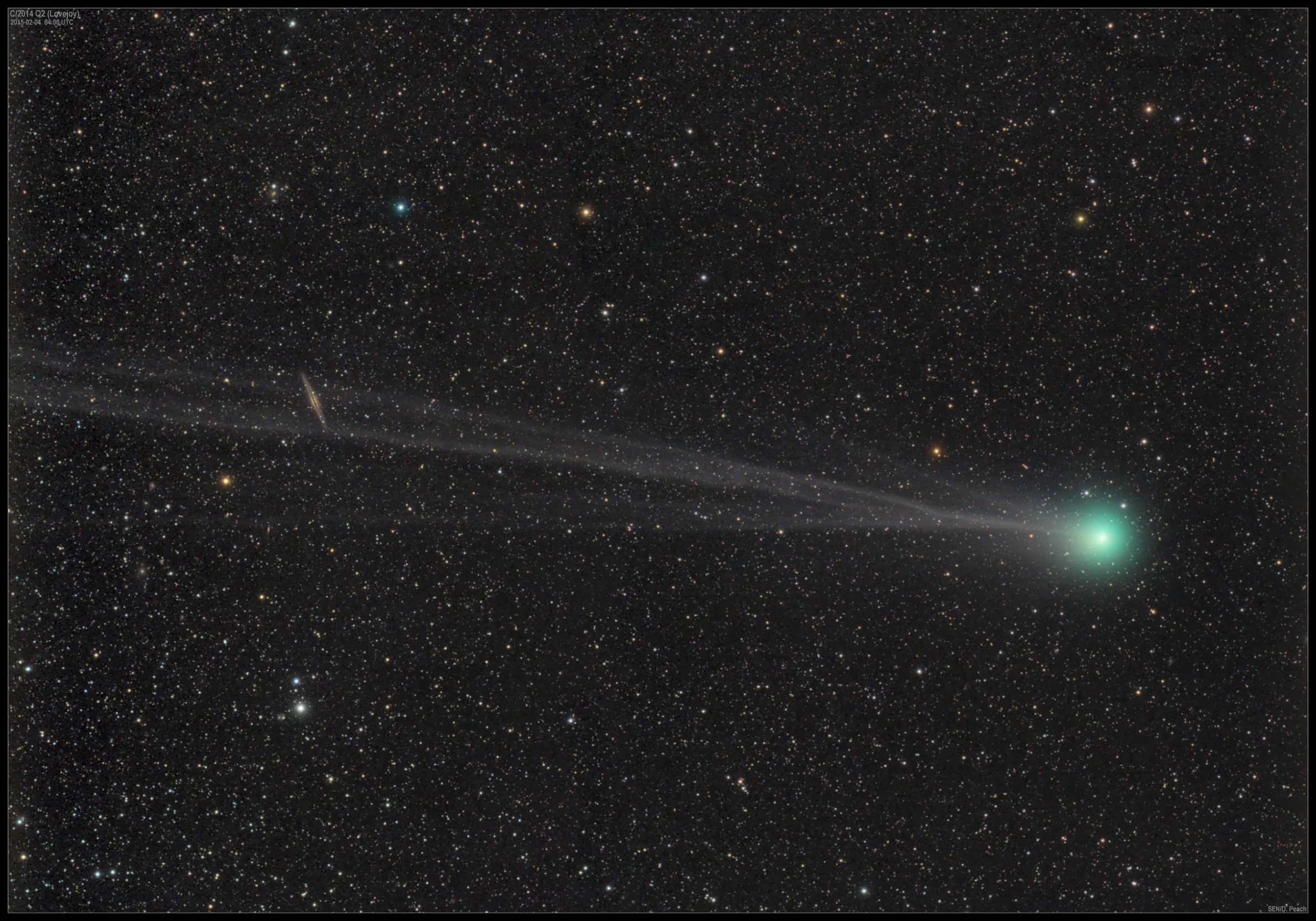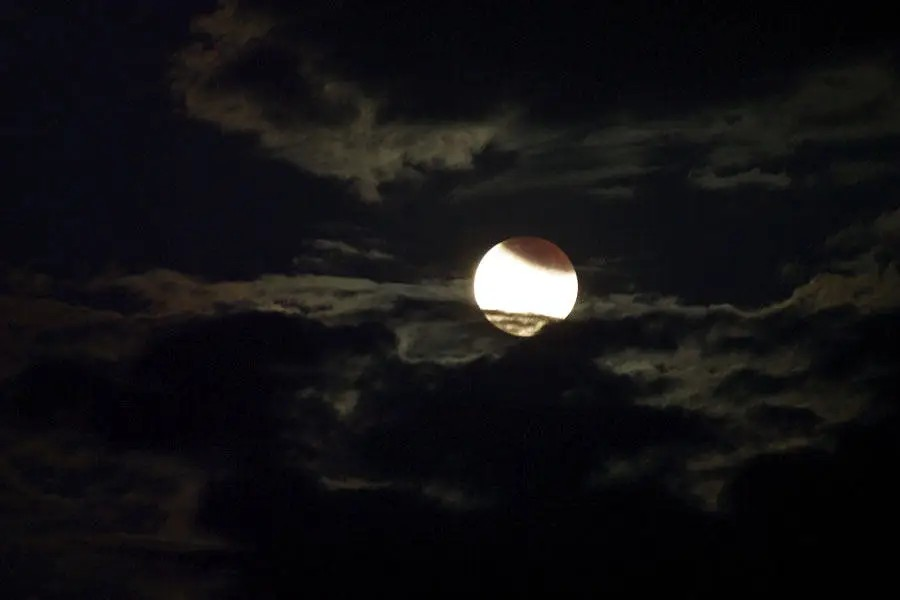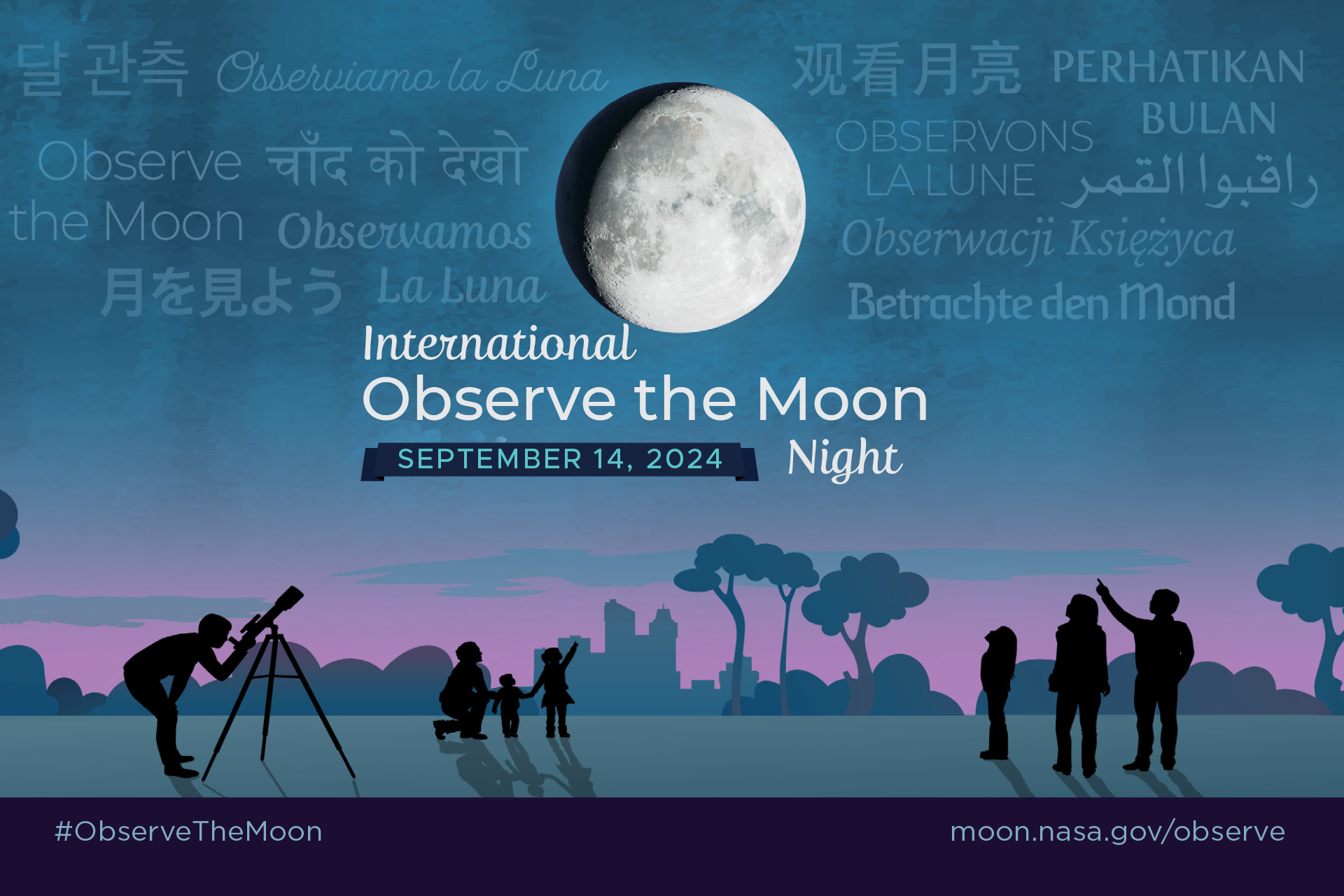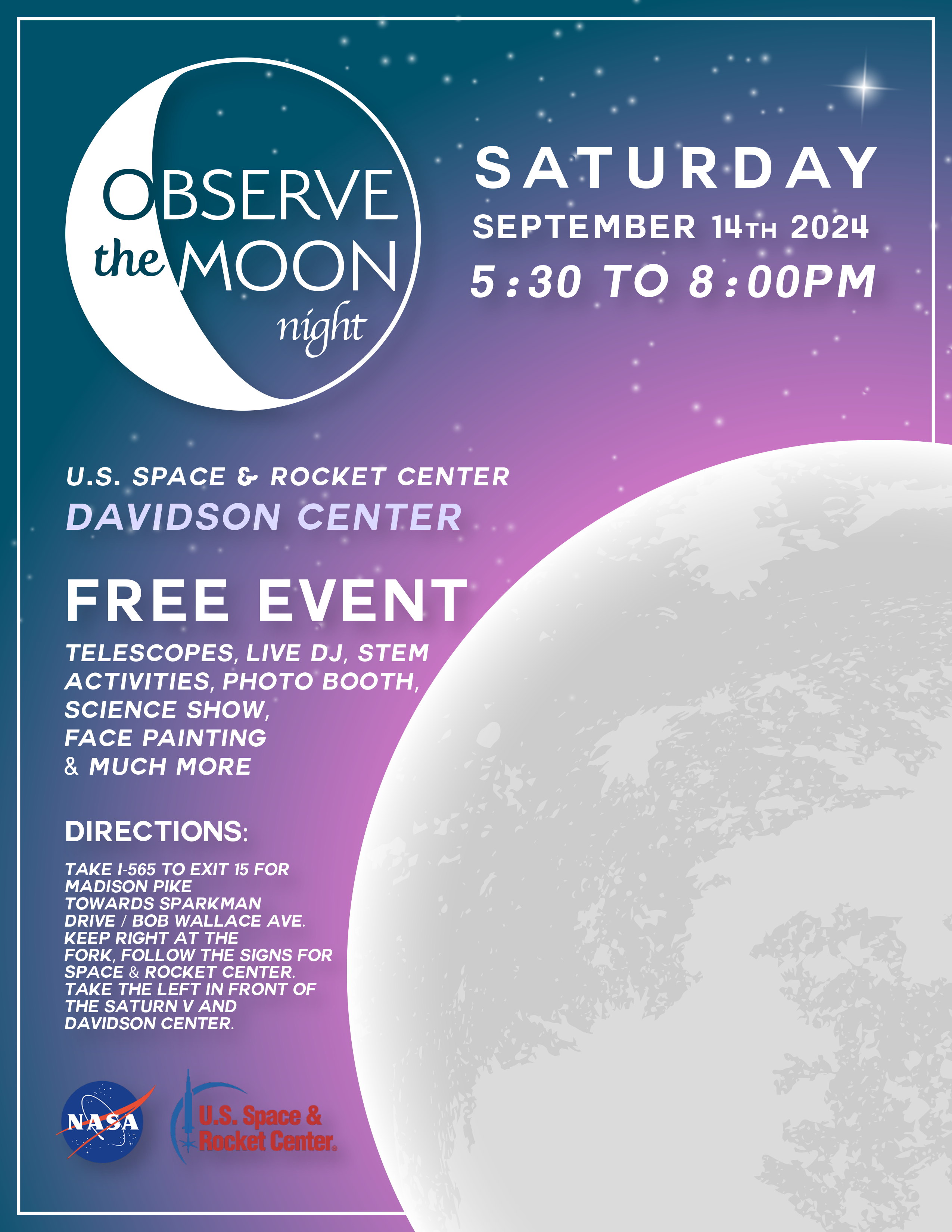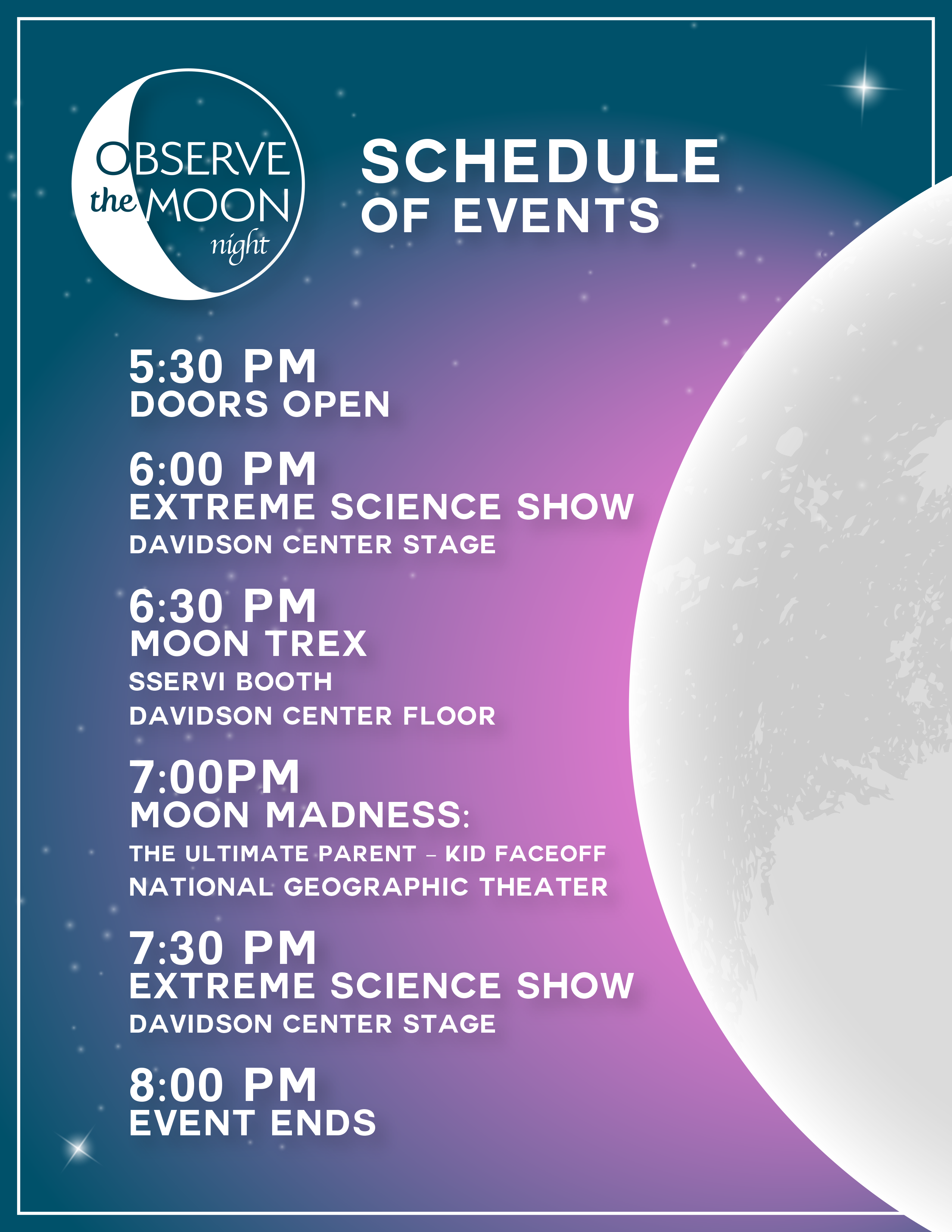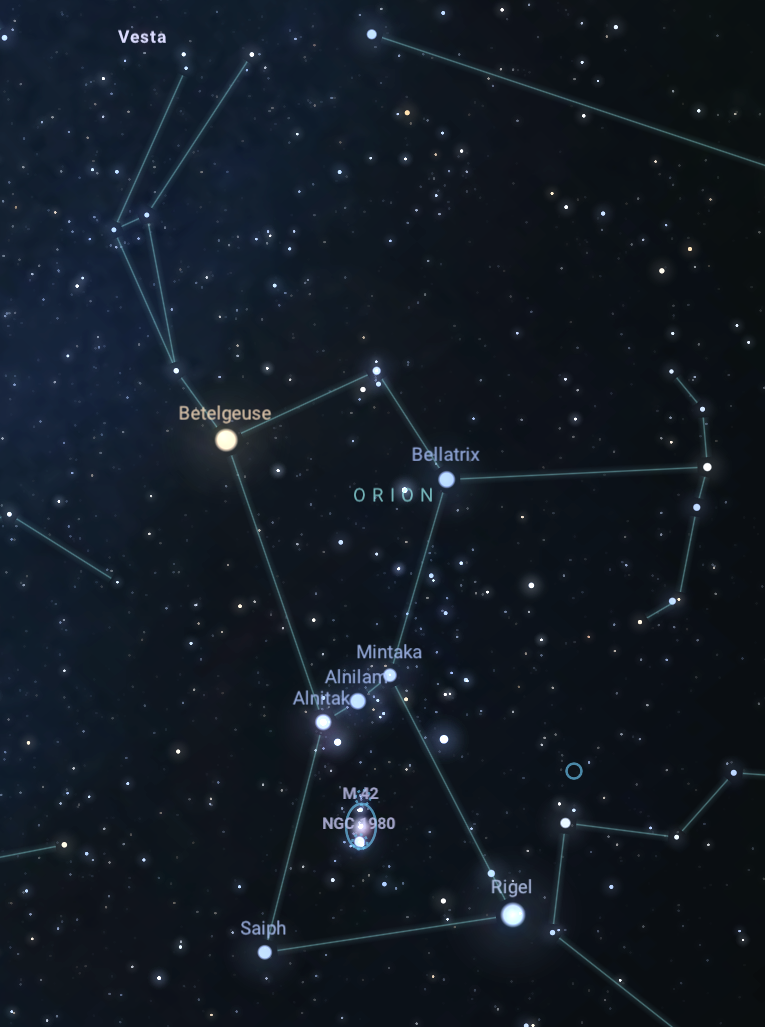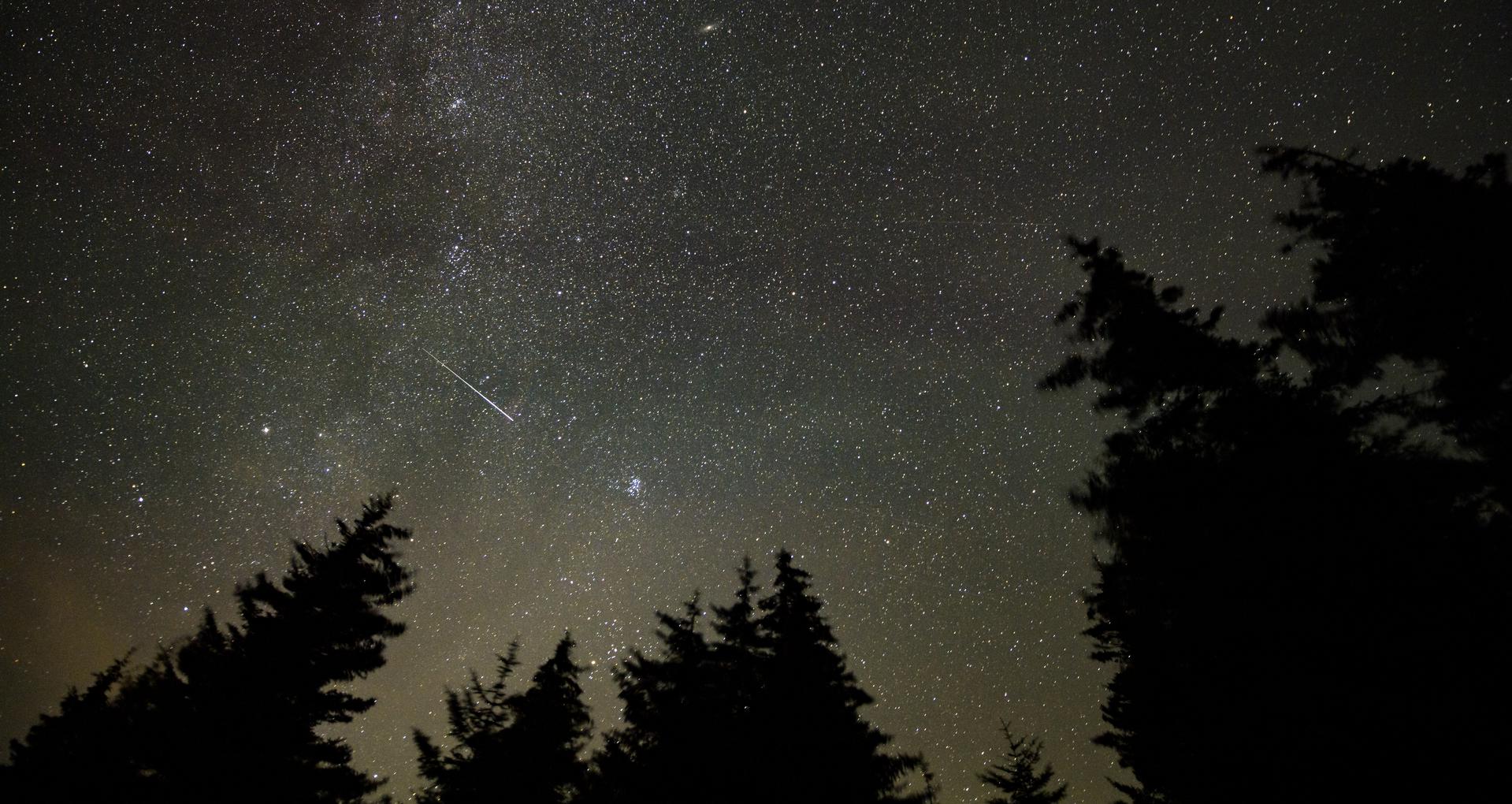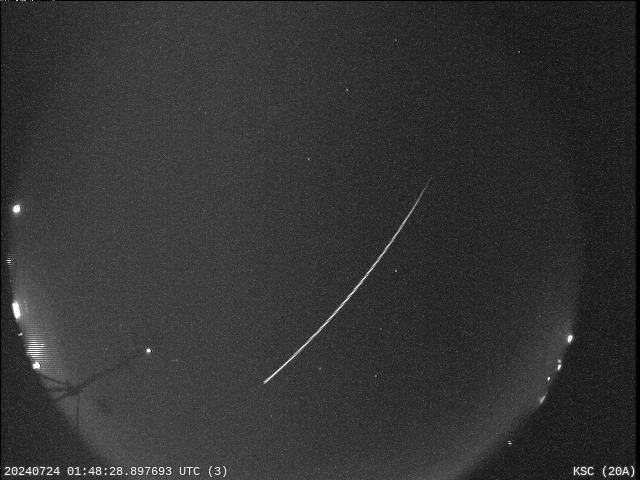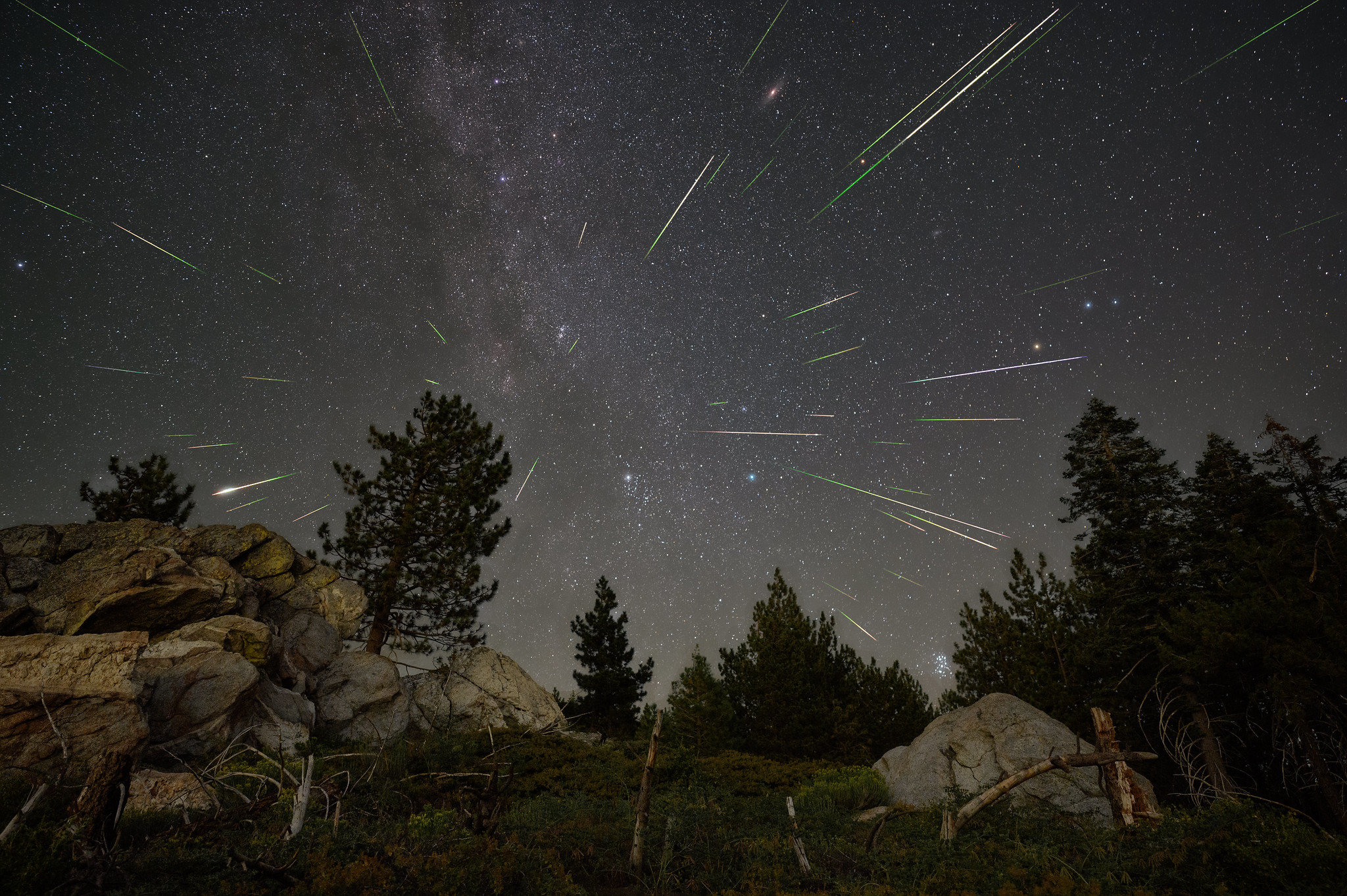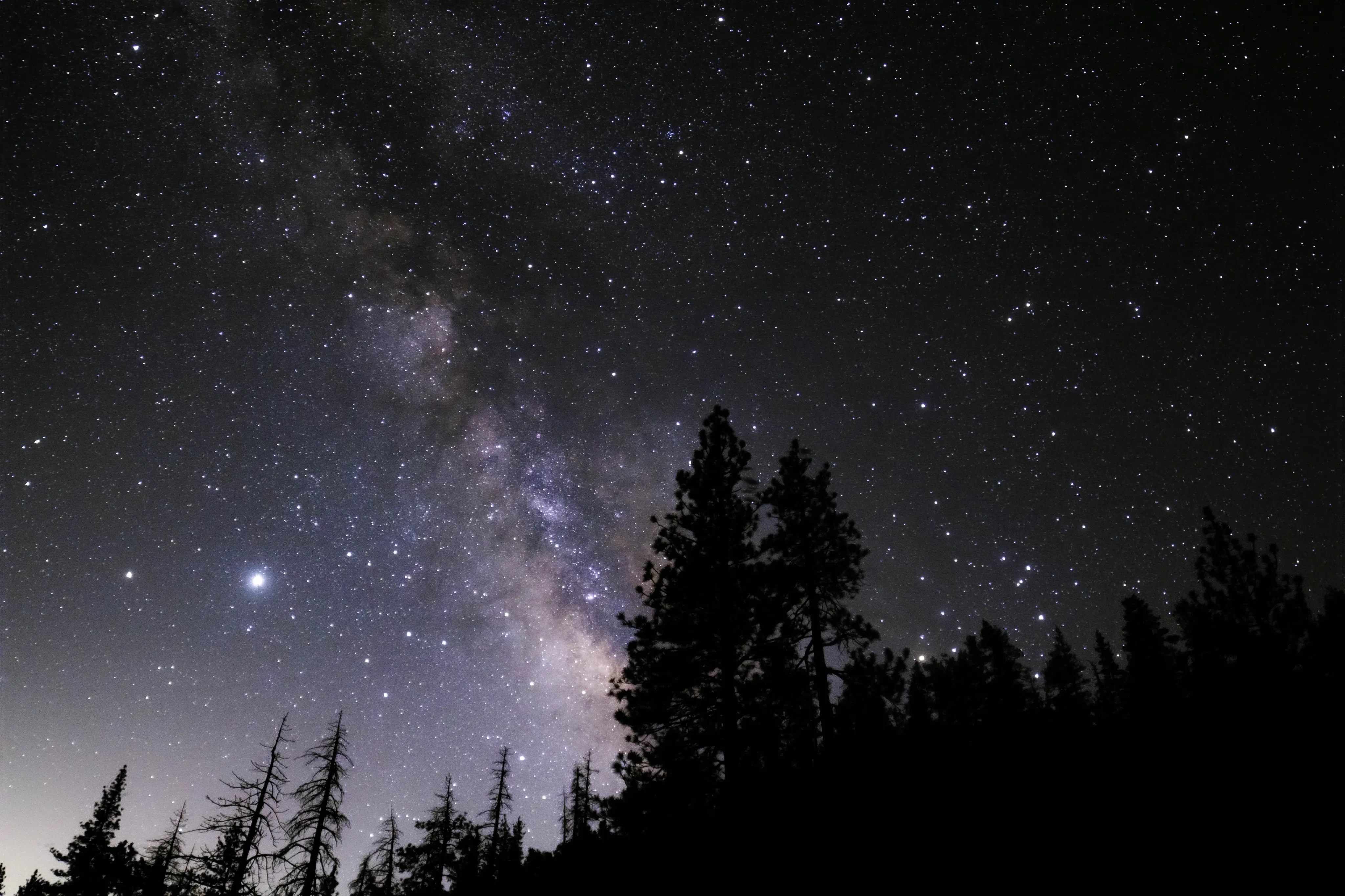By Serena Whitfield
The Geminids meteor shower is back for its annual December show of beautiful bright and fast meteors. The Geminids, which will peak on the night between Dec 13–14 in 2024, is considered to be one of the best and most reliable annual meteor showers.
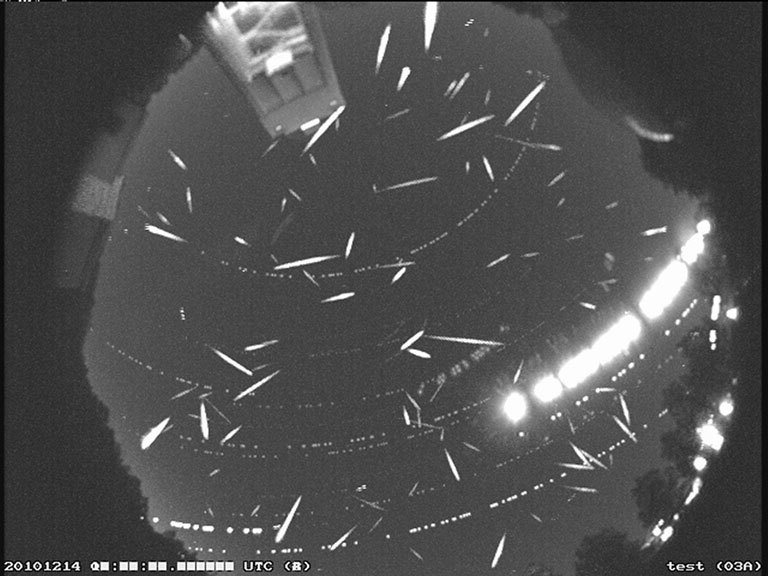
Where Did the Geminids Originate and What Makes it Different?
The debris causing the Geminids originated from an asteroid known as 3200 Phaethon. After astronomers discovered Phaethon in 1983, they realized the asteroid’s orbit matched that of the Geminid meteors. This pointed to Phaethon as the source of the annual meteor shower. Even though most meteor showers originate from comets, Phaethon was classified as a near Earth asteroid and not a comet.
On occasion this classification has been challenged, as Phaethon’s orbit is similar to that of a comet and NASA’s STEREO spacecraft in 2009 and 2012 detected a faint tail and rapid brightening around the asteroid’s closest approach to the Sun. As a consequence, some astronomers refer to Phaethon as a ‘rock-comet’, though the term ‘active asteroid’ may be better, as similar objects have been discovered in the main asteroid belt between Mars and Jupiter.
The Moon Edges Out Dim Meteors
The Geminids meteor shower has competition this year, from a bright waxing gibbous moon that will also light up the night sky. The waxing gibbous phase is when the Moon is more than 50% illuminated but not yet a full Moon. Usually during the Geminids, you can often catch 50 or more meteors per hour, but with the moonlit skies in 2024, you might only catch the brightest meteors, reducing rates down to about 15 meteors per hour. This is still better than other annual showers like the Lyrids, but it will be a poor showing compared to that of the Geminids under a moonless sky. It is lucky that the Geminids are rich in bright meteors or the numbers this year would be even lower.
Rocks on the Ground?
Bill Cooke, lead for the Meteoroid Environment Office at NASA’s Marshall Space Flight Center in Huntsville, Alabama, shares another detail that makes this meteor shower different.
“The Geminids are one of only two meteor showers that can theoretically cause meteorites on the ground,” Cooke said. “The other is the Taurids.”
Most Geminids burn up 30-40 miles above your head, but there is a very, very small chance that one may be big enough to produce a brilliant fireball and leave small meteorites on the ground. So far we haven’t found a Geminid meteorite, but there’s always hope.
Viewing Tips
“For this year’s Geminids, the bright Moon will light up the sky and greatly reduce the number of visible meteors,” Cooke said. “The most important thing to do, after finding the darkest place you can, is to look away from the Moon.”
Other viewing tips:
- The Geminids are best seen after 9 PM and before dawn. Best rates are around 2 AM.
- Be mindful that meteors often come in spurts.
- Special equipment? None needed! Maybe bring a blanket to stay warm.
Get more December skywatching tips from NASA.
Serena Whitfield is an intern supporting the Marshall Office of Communications.
For media inquiries contact:
Lane Figueroa
Marshall Space Flight Center, Huntsville, Ala.
256.544.0034
lane.e.figueroa@nasa.gov




